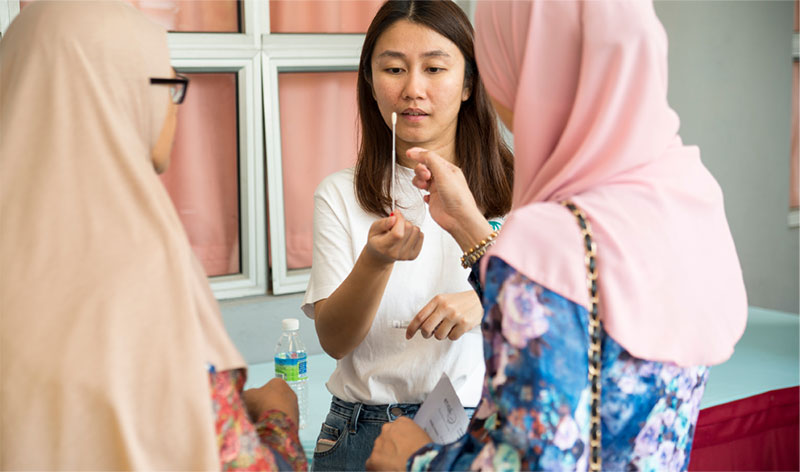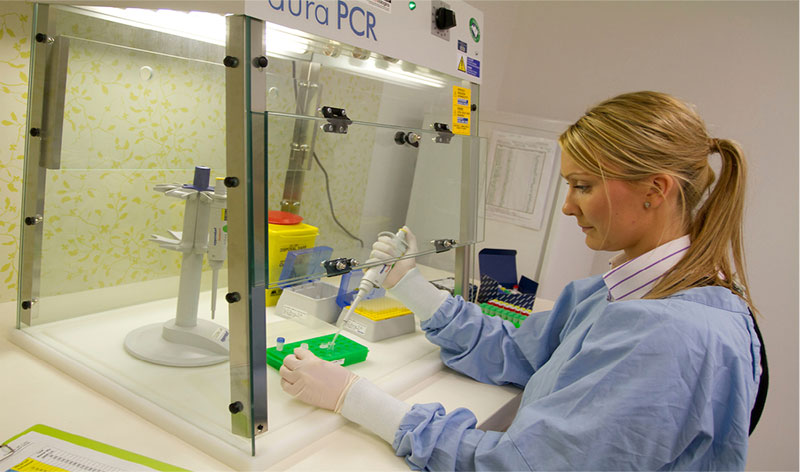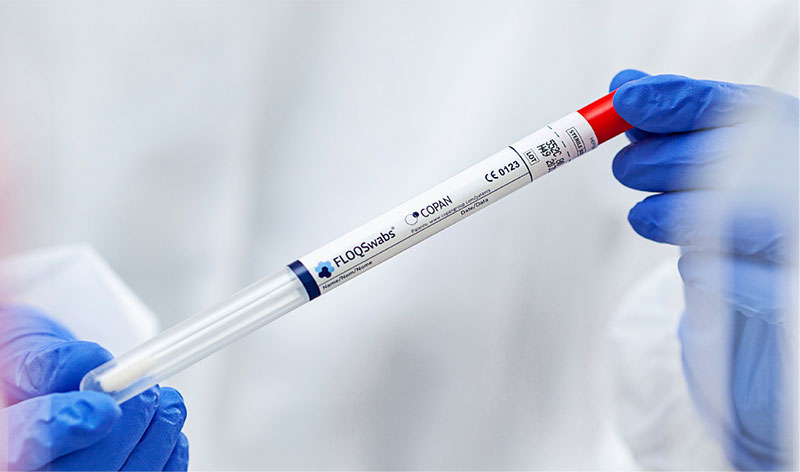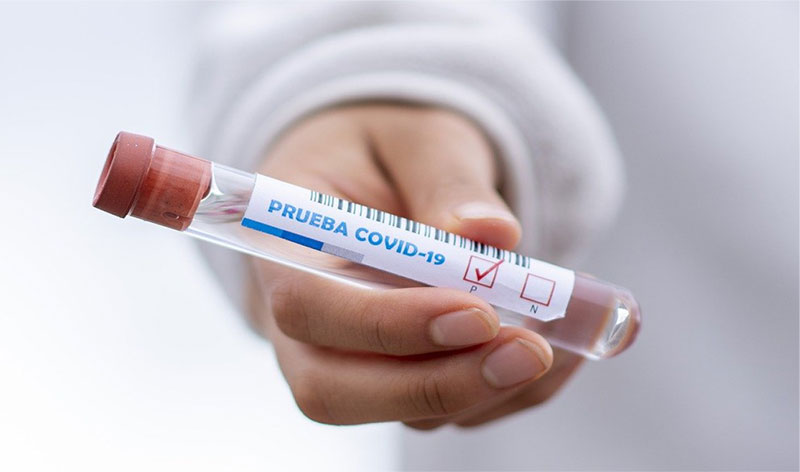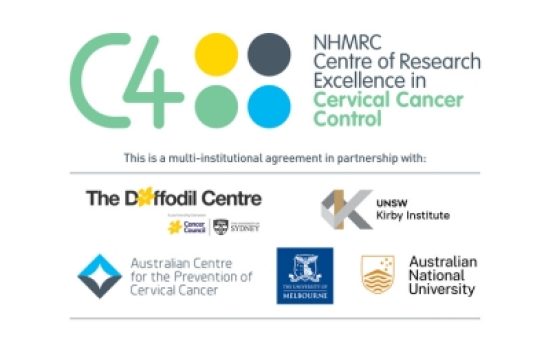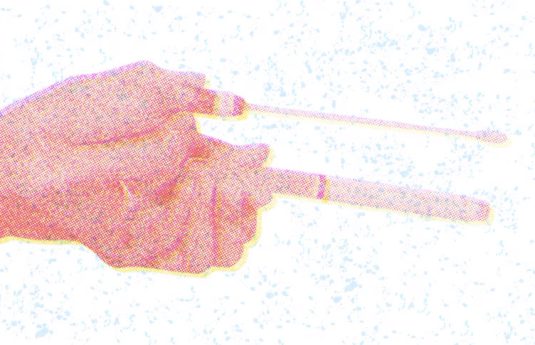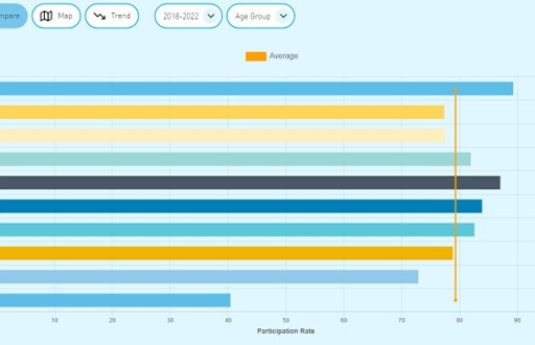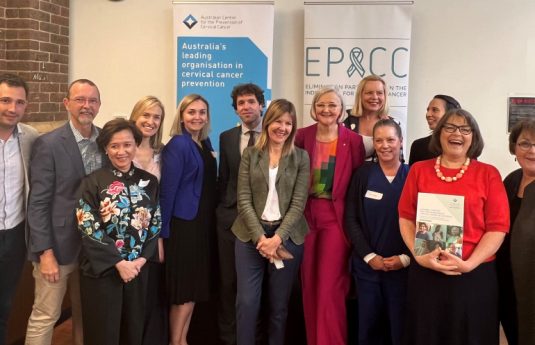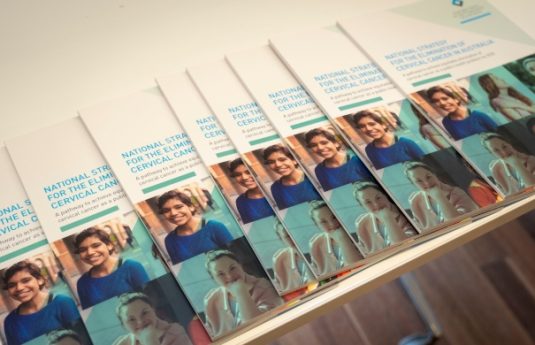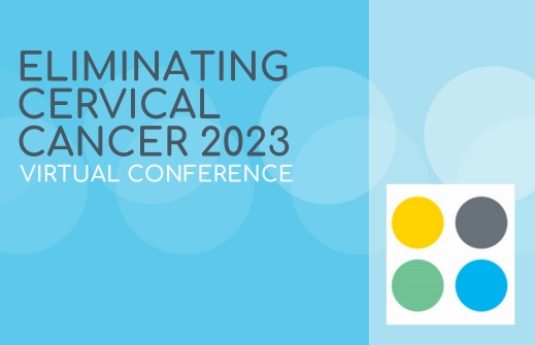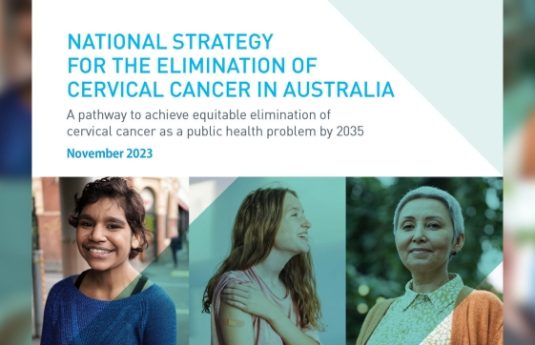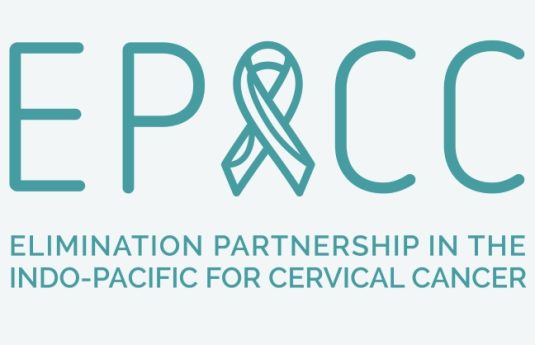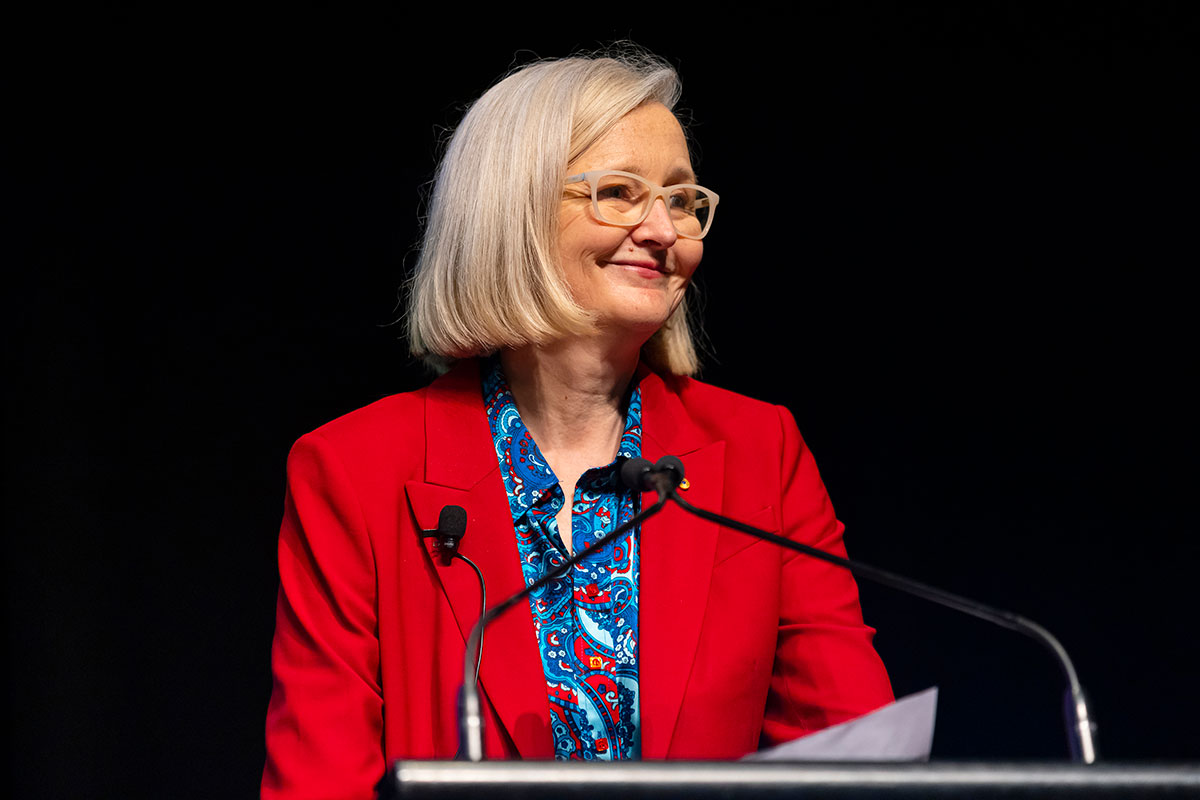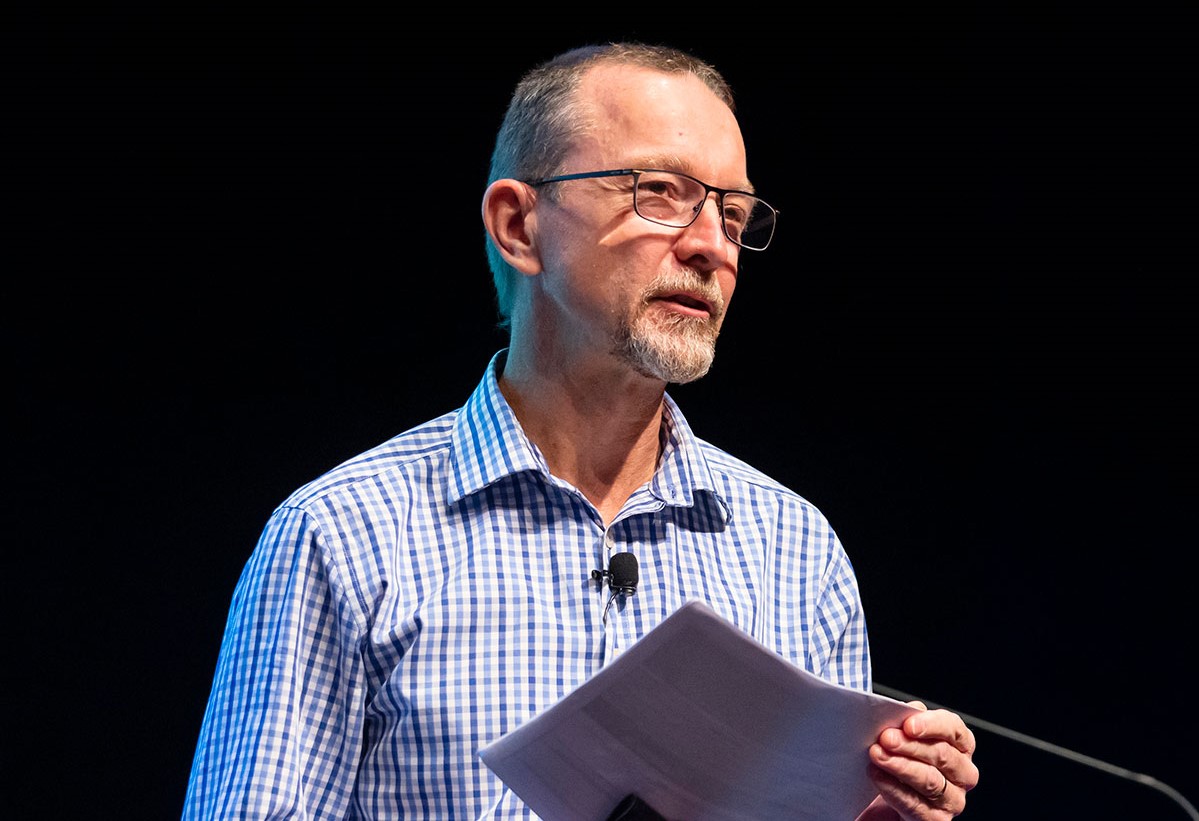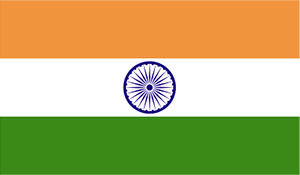MEDIA RELEASE Australia has reached the 2030 WHO elimination scale-up target for cervical screening coverage, well ahead of schedule, and is on track to become one of the first countries in the world to…
Menu
Screening Options
The National Cervical Screening Program recommends that women and people with a cervix aged 25 – 74 have a cervical screening test every 5 years.
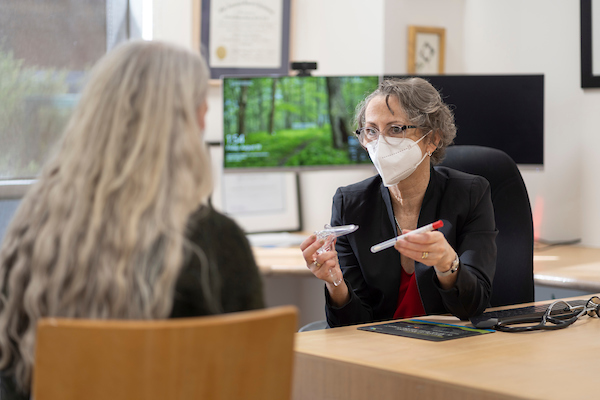
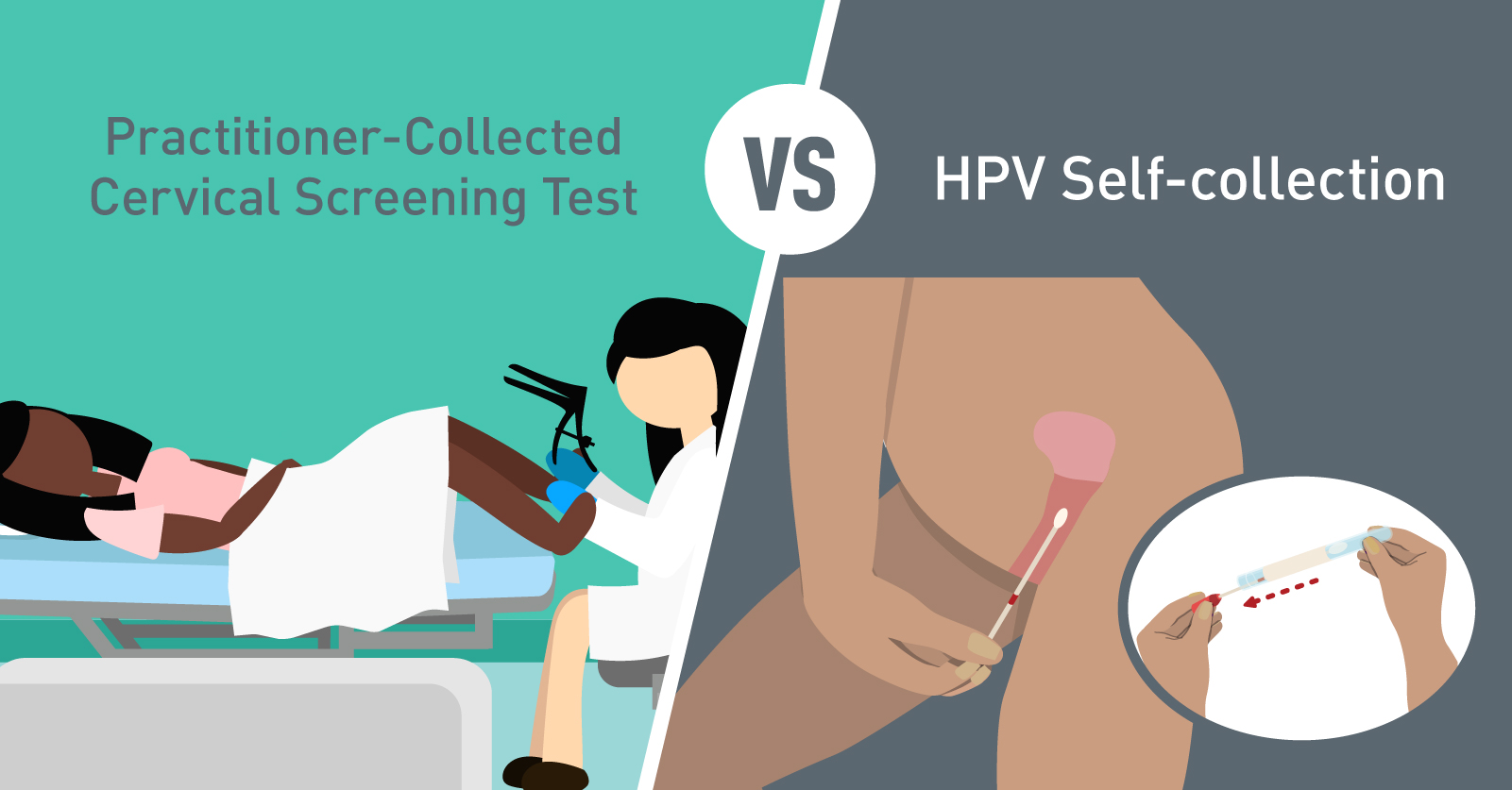
What are my options?
There are two options for cervical screening in Australia:
Option 1. You can do a self-collected Cervical Screening Test by collecting a sample of cells from your vagina using a soft swab.
Option 2. Your doctor or nurse can do a Cervical Screening Test using a speculum and a small brush to take a sample of cells from your cervix.
Both options are safe and effective ways of detecting HPV and preventing cervical cancer from developing.
Where to find help
Anyone with symptoms such as unusual vaginal bleeding, discharge or pain should seek the advice of their healthcare provider, regardless of when they were last screened.
More information can be found on the National Cervical Screening Program website.
Cervical cancer starts in the cervix, which connects the uterus to the vagina. Find out more about what causes it, and how it can be prevented.
Self-collection is another option that is now available for cervical screening, and involves taking your own swab from the vagina. Find out more about self-collection here
Understand what happens if HPV is found on your Cervical Screening Test and what happens if more tests are needed.
ACPCC is a not-for-profit organisation and only charges patients the Medicare Schedule fee for pathology services, with only a small gap amount payable.
READ UP ON IT
Related News Article
ACPCC launches the Inaugural Victorian Cancer Screening Annual Statistical Report. The Australian Centre for the Prevention of Cervical Cancer is pleased to announce the launch of the Inaugural Victorian Annual Cancer Screening Statistical Report….
Monday, 26 February 2024. The Allan Labor Government is calling on Victorians to make sure their cancer screenings checks are up to date in a major push to boost screening rates for breast, bowel…
Australia is stepping up its regional leadership in the elimination of cervical cancer, with the announcement today of a $12.5 million Australian Government grant to a consortium of leading Australian and international nongovernment health organisations….
Australia is stepping up its global leadership in the elimination of cervical cancer, with the announcement today of a $12.5 million Australian Government regional aid grant to a nongovernment consortium headed by the Daffodil Centre, a joint…
The C4 is thrilled about the announcement today by the Australian Government of the release of the National Strategy for the Elimination of Cervical Cancer and a $48.2 million investment to support implementation of…
On Friday 17th November, Cervical Cancer Elimination Day of Action 2023, the C4 hosted the first ECC2023 (previously named the Preventing Cervical Cancer Conference [PCC]). The theme of the conference was ‘From Prevention to…
This cervical cancer awareness week, the Australian Government has launched a landmark strategy set to make preventable cervical cancer a disease of the past, setting Australia on the path to becoming the first country…
Australia is stepping up its regional leadership in the elimination of cervical cancer, with the announcement today of a $12.5 million Australian Government grant to a consortium of leading Australian and international nongovernment health…
The Albanese Labor Government is leading the way for Australia to become the first country in the world to eliminate cervical cancer, with the release of the National Strategy for the Elimination of Cervical…
I’m delighted to be here today for such an historic event in Australian medical history. Before I begin, I’d like to acknowledge we’re meeting today on the lands of the Wurundjeri Woi-wurrung people of…
Previous
Next
SELF COLLECTION
Screening Processes
Et has minim elitr intellegat. Mea aeterno eleifend.Et has minim elitr intellegat. Mea aeterno eleifend.Et has minim elitr inte
llegat. Mea aeterno eleifend.Et has minim elitr intellegat. Mea aeterno eleifend.Et has minim elitr intellegat. Mea aeterno eleifend.
READ UP ON IT
Success Stories
Providing access to immunisation for vulnerable groups (PAIVnG). Refugees and asylum seekers arrive in…
The ROSE Foundation, a collaboration between ACPCC and the University of Malaya, integrates the…
ECCWPThe Elimination of Cervical Cancer in the Western Pacific (ECCWP) project goal is to…
Get in touch
To find out more about what we do or how we can work together, please get in touch.
